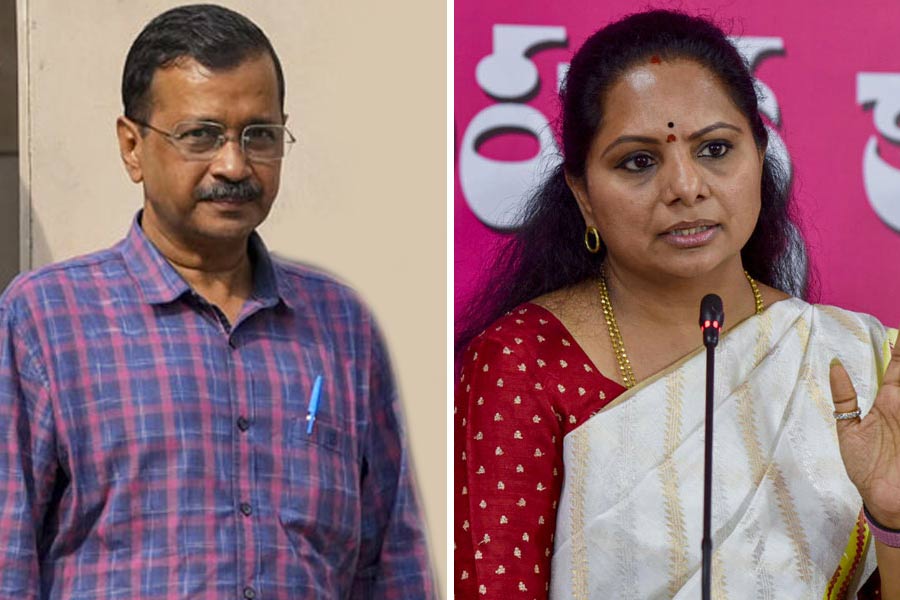The IMF on Monday lowered India’s economic growth estimate for the current fiscal to 4.8 per cent and listed the country’s much lower-than-expected GDP numbers as the single biggest drag on its global growth forecast for two years.
In October, the International Monetary Fund (IMF) had pegged India’s economic growth at 6.1 per cent for 2019.
Listing the decline in rural demand growth and an overall credit sluggishness for lowering of India forecasts, IMF chief economist Gita Gopinath, however, said the growth momentum should improve next year because of factors such as a positive impact of corporate tax rate reduction.
“Global growth, estimated at 2.9 per cent in 2019, is projected to increase to 3.3 per cent in 2020 and inch up further to 3.4 per cent in 2021,” the IMF said while releasing an update to its World Economic Outlook (WEO).
Compared to the October WEO forecast, the estimate for 2019 and the projection for 2020 represent 0.1 percentage point reductions for each year while that for 2021 is 0.2 percentage point lower.
“A more subdued growth forecast for India... accounts for the lion’s share of the downward revisions,” the IMF said ahead of the start of the World Economic Forum (WEF) annual summit here.
India-born IMF chief economist Gita Gopinath said growth in India slowed sharply owing to stress in the non-banking financial sector and weak rural income growth.
On December 17, 2019, Gopinath had said that India was the only emerging market that has thrown a surprise of this kind. “If you look at recent incoming data, we would be revising our numbers and come up with numbers in January, and it is likely to be a significant downward revision for India,” she had said while on a visit to India.
The country’s growth is estimated at 4.8 per cent in 2019, projected to improve to 5.8 per cent in 2020 and 6.5 per cent in 2021 (1.2 and 0.9 percentage point lower than in the October WEO), supported by monetary and fiscal stimulus as well as subdued oil prices, it added. Here 2019 refers to financial year 2019-20 for India.
India’s economy grew just 4.5 per cent in the July-September 2019 period — the weakest pace in nearly six years. The Indian government has been taking various measures to bolster growth.
For the emerging market and developing economy group, the IMF said growth is expected to increase to 4.4 per cent in 2020 and 4.6 per cent in 2021 (0.2 percentage point lower for both years than in the October WEO) from an estimated 3.7 per cent in 2019.
“The growth profile for the group reflects a combination of projected recovery from deep downturns for stressed and under-performing emerging market economies and an ongoing structural slowdown in China,” it noted.
Gopinath also said the pickup in global growth for 2020 remains highly uncertain as it relies on improved growth outcomes for stressed economies such as Argentina, Iran and Turkey, and for under-performing emerging and developing economies such as Brazil, India and Mexico.
Further, the IMF said the balance of risks to the global outlook remains on the downside, but less skewed toward adverse outcomes than in the October WEO.










